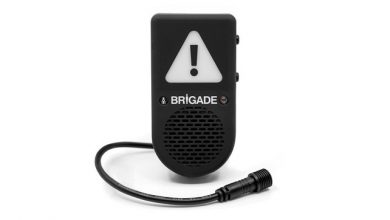Utilizing virtual testing solutions for efficient ADAS development

Electric Vehicle (EV) development has grown significantly and ADAS is one of the major key elements in this competition. In the past, ADAS only include anti-lock brakes, blind spot system information, adaptive cruise control, and lane departure warning. However, these features had become standard and evolved dramatically. New features being developed includes FCW (Forward Collision Warnings), TFL (Traffic Light Recognition), TSR (Traffic Sign Recognition), AHL (Advanced Hi-Low Beam Assist) and more advanced features.
Hence, the most important and critical part of ADAS development is how to make it right at the first attempt. In order to do this, the organization should have systematic and strategic approach in terms of validating or verifying these technology features in an efficient manner with robust quality results adhering to a universal accepted quality standard.
For an instance, one of the most critical features which requires safety validation is FCW-AEB (Forward Collision Warning/ Advanced Emergency Braking) which cannot be easily tested in a real-world scenario due to the complexity of defined test cases. Therefore, most organizations are using advanced virtual testing simulation tools to validate safety critical test scenario.
Choosing the best virtual simulation testing tool that fits with the organization’s expected results and configurations needs to be carefully considered. In my experience, one of the advanced solutions in the market is the IPG CarMaker simulation tool developed by IPG Automotive (https://ipg-automotive.com/products-services/simulation-software/carmaker/). It is developed specifically for testing passenger cars and light-duty vehicles. Using this software, you can accurately make real-world test scenarios, including the entire surrounding development in the virtual environment. It is capable of modeling for vehicles, roads, drivers and traffic scenarios. It is an open integration and test platform and can be applied throughout the entire development process from model-to-software-to hardware-to vehicle-in-the-loop. The event and maneuver-based testing method ensures that the necessary flexibility and realistic execution of rea-world test driving are also included in the virtual test driving scenario.
Virtual testing simulation tool with complete model environment has the biggest advantage for more efficient, fast and accurate verification results. It should have the visualization of virtual test runs, interfaces with third-party tools and allowing to easily incorporate or integrate with your existing development process. Furthermore, allowing you to switch between open-loop and closed-loop testing without any problems using the interactive maneuver control, and can create most difficult test scenarios.
In the fast emerging EV competition, organization who can manage to advance their ADAS development skills, process and tools are the ones who can dominate and keep up with the crowd of EV developing companies.
Author:

Jesus Bujaue, ADAS Engineering Project Lead, ZF
Published in Telematics Wire



